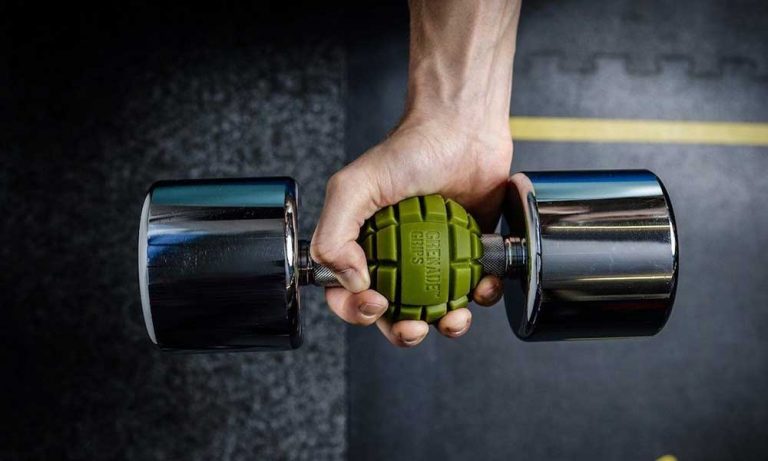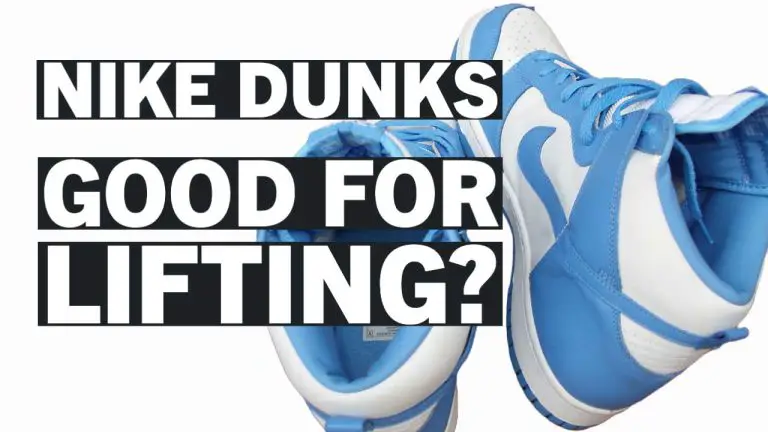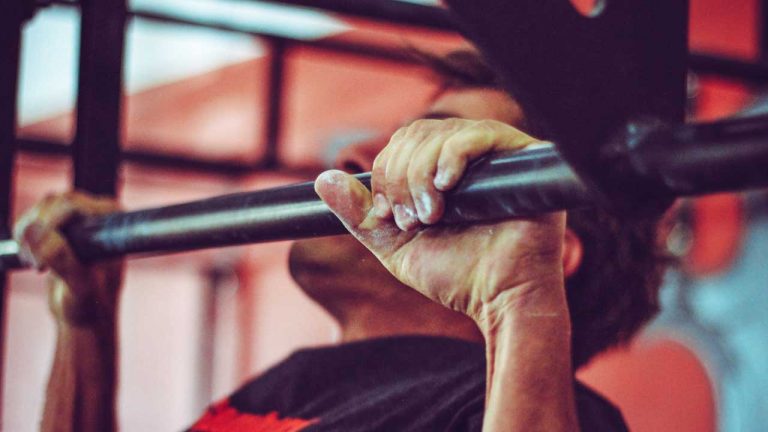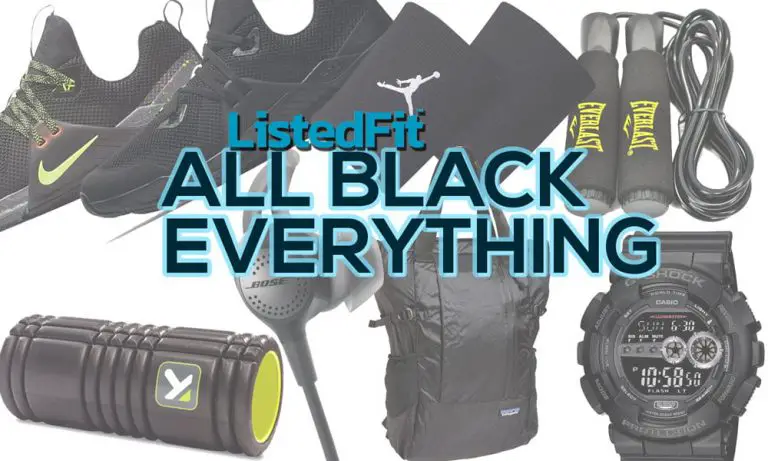Is It Better to Have a Long or Short Torso? Exploring Body Proportions
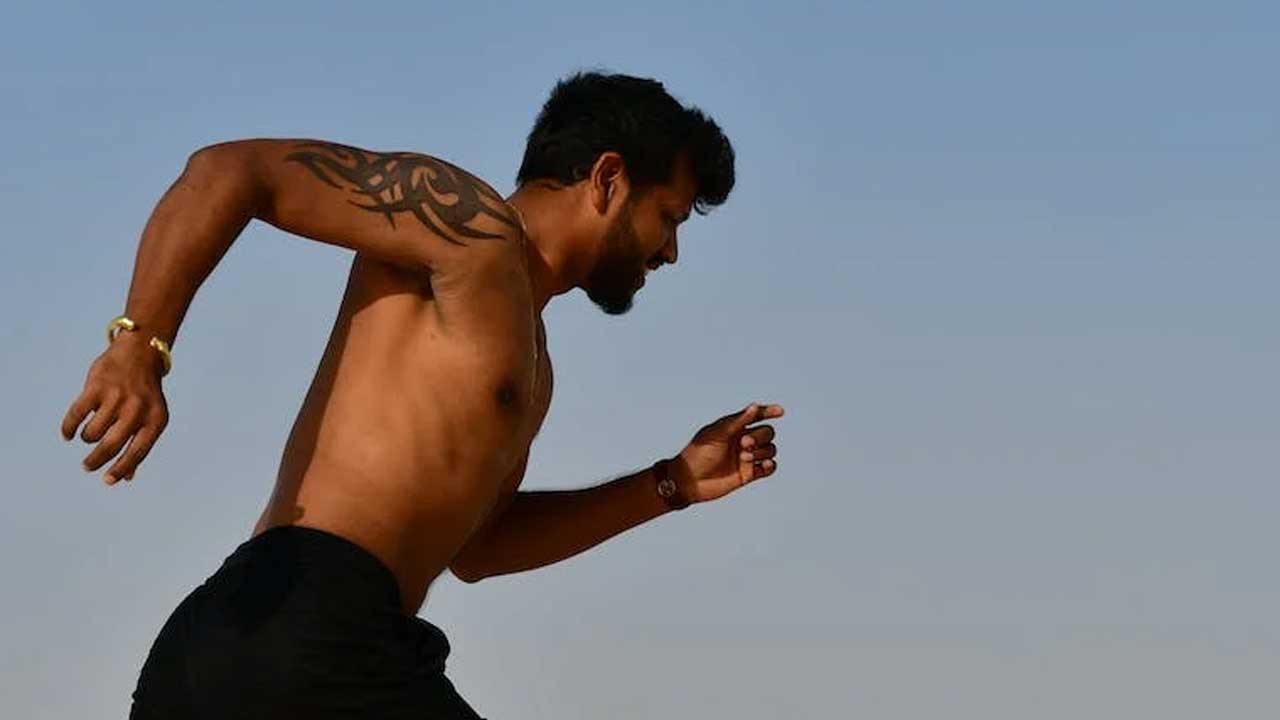
ListedFit is reader-supported. When you buy through links on our site, we may earn a small commission.
We all come in different shapes and sizes, and one aspect that can significantly impact a person’s appearance, clothing choices, and even sports performance is torso length.
In this article, we’ll explore the differences between long and short torsos, the implications on various aspects of life, and whether having one is inherently better than the other.
Quick Summary
A key factor that affects an individual’s body shape is the length of their torso. Measuring from the base of the neck to the top of the hip bone, the torso length is usually proportional to a person’s height.
Variations in torso length can lead to differences in how body proportions are perceived, which may, in turn, affect clothing style and accessorizing choices.
Sports performance is another aspect where the length of your torso can significantly impact your ability.
An athlete’s performance in specific activities can be affected by their body proportion, as certain activities may favour shorter torsos, while others may benefit from a longer one.
Key Takeaways
- Torso length can affect appearance, clothing choices, and sports performance.
- Measurements from the base of the neck to the top of the hip bone determine torso length.
- A person’s torso length can influence their suitability or competitiveness in specific sports.
Contents
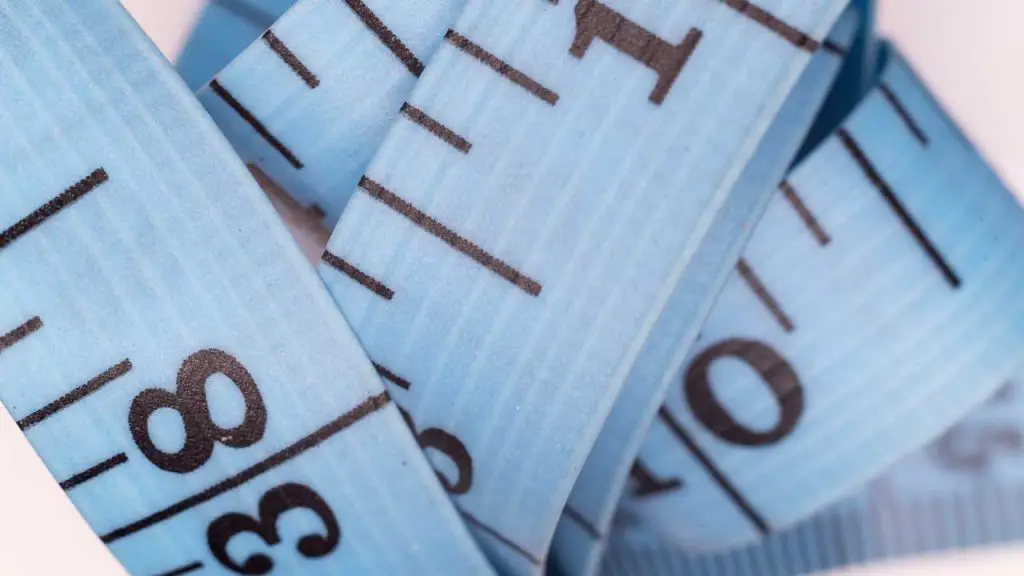
Defining a Long and Short Torso
Methods to Determine Torso Length
To find out if you have a long or short torso, you can measure it yourself (The video below might help you).
First, locate the bone at the base of your neck. This is your starting point. Then, measure down to your hip bone.
Compare your measurements with the average length of torsos for your height range. If your torso length is significantly longer or shorter than the average, you might have a long or short torso, respectively.
Another way to determine your torso length is by trying on clothes designed for specific body types. Medium-length tops, for example, should hit just over your hip bone; a perfect fit could indicate a short torso. Alternatively, look for tops with vertical lines or other stylist-approved items that help create a balance between your top and lower halves.
Will My Torso Get Longer?
It’s important to note that your torso will stop growing between the ages of 15 and 20. After this period, contrary to what some people on YouTube and TikTok claim, no amount of exercise can help you achieve a longer torso.
The human skeleton grows in stages, starting from the hands and feet, progressing to the arms and legs, and finally, the chest, spine, and torso. As such, once that growth ceases, no change in torso length can occur.
3 Things You Can Buy That Can Make Your Torso Look Longer
If you’re looking to create the appearance of a longer torso, there are some products that can help you achieve this goal.
These items focus on improving your posture and creating visual tricks to help elongate your upper body.
Let’s look at three items you can purchase to make your torso appear longer and more upright.
Firstly, consider investing in a posture corrector device. These are designed to help you maintain a balanced and upright posture, which can create the visual effect of a longer torso.
One option to consider is this Neck and Shoulder Relaxer, which targets both the neck and shoulder areas, encouraging proper alignment.
Another item that can help improve your posture is the Upright GO 2 Premium, this is a new smart posture trainer and tracker that works with an app on your smartphone. This device attaches to your back and alerts you when your posture needs adjusting, helping to encourage a consistently upright posture.
Finally, you can consider an adjustable upper back brace to assist in maintaining a straight back and reducing discomfort from neck and shoulder strain. These braces provide support for your upper back and shoulders, improving your posture over time.
By keeping a proper posture and using these tools, you can create the visual illusion of a longer torso, helping you look more elongated and upright.
The combination of these three products will work together to create the desired effect without resorting to extreme measures or compromising your comfort.
Torso Length and Sports Performance
Is a Long Torso Good for Bodybuilding?
In bodybuilding, torso length may play a role in aesthetics and certain exercises. A long torso can create the illusion of a smaller waist, which is desirable in this sport as it accentuates the V-taper look.
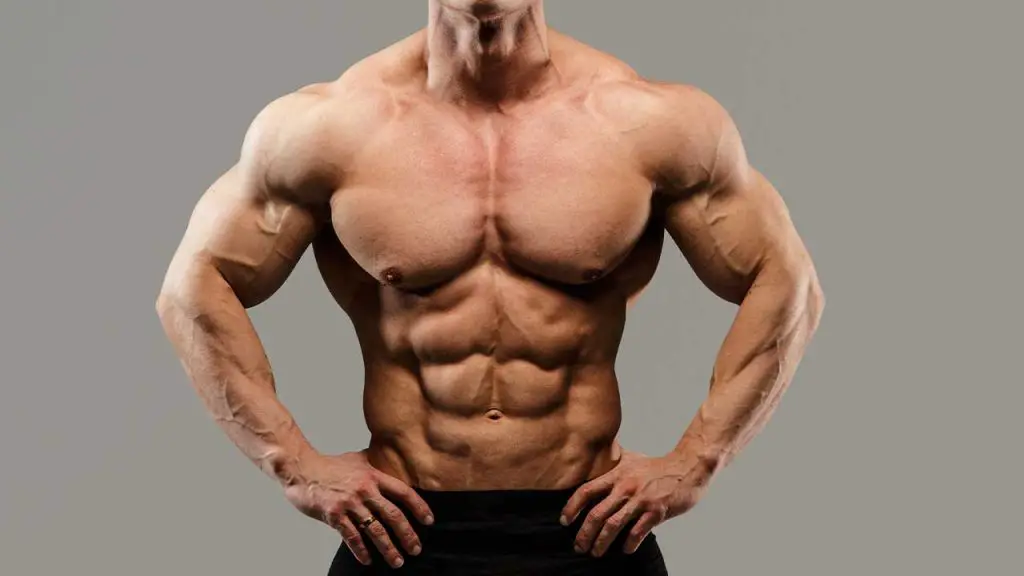
This appearance often results from wide shoulders tapering down to a narrow waist, creating an aesthetically pleasing physique.
A long torso in bodybuilding can influence exercise technique. For example, when squatting, individuals with long torsos typically find it easier to maintain a more vertical position, reducing the risk of injury and promoting better form.
Check out this video from Alexander Bromley where he talks about bodybuilding with a long and short torso.
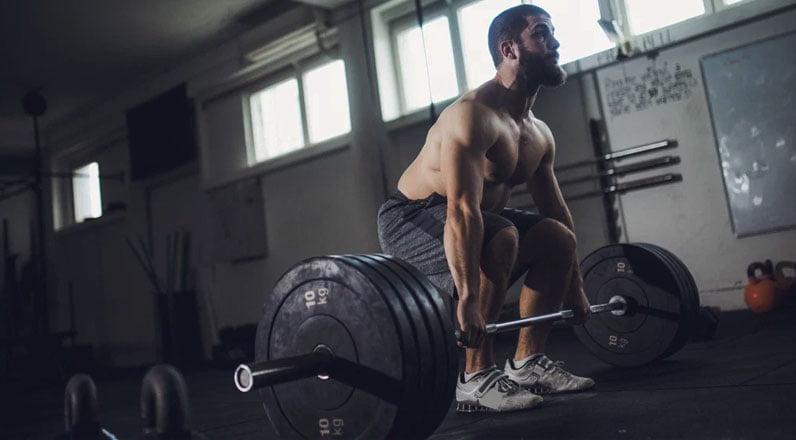
It might be necessary for you to adjust your grip width and elbow positioning during certain exercises like the bench press to accommodate your proportions.
Is a Long Torso Good for Swimming?
Yes. A longer torso is considered better than a short one in sports like swimming. Michael Phelps has a good example of a swimmer body – a 6’4” tall man with a long torso, long arms, and shorter legs.
A long torso can be advantageous in swimming. In this sport, having a longer torso relative to leg length helps reduce drag and maintain a more streamlined position in the water.
Swimmers with long torsos, like Michael Phelps, can propel themselves through the water more efficiently. Additionally, a long torso provides greater core strength and stability, which is essential for maintaining proper form and technique in all swimming strokes.
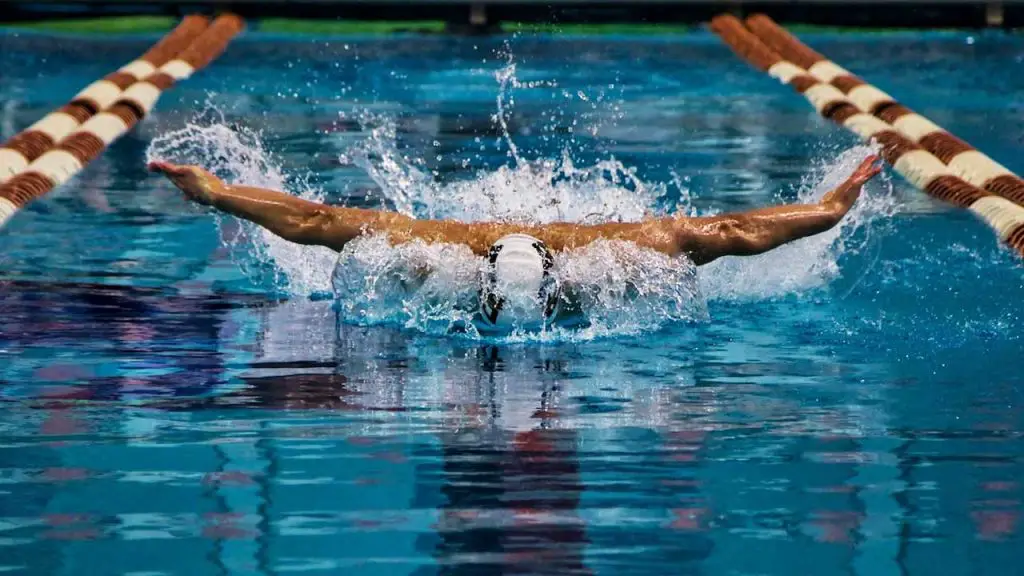
But it is very important to keep in mind that other factors, such as overall body proportions, muscle mass, and technique, also contribute to a swimmer’s performance.
Even though a long torso can be beneficial, it is not the sole determinant of success in swimming.
It is essential to recognize that other factors also contribute to sports performance, and torso length is just one aspect to consider.
How to Get a Longer Torso – Is It Even Possible?
While you can’t alter your bone structure to achieve a longer torso, there are methods to improve the appearance of a longer torso.
By focusing on the muscles around your torso, it is possible to gain the impression of an elongated torso. There are a few ways to achieve this goal.
Firstly, exercise plays a significant role in creating the illusion of a longer torso. Stretching and toning the muscles around your midsection, particularly the spine and abdominal muscles, can promote proper posture and make your torso appear longer.
Swimming and skipping are two notable activities that may help boost your height and stretch your upper body. Upper body stretches and spine stretching exercises are ideal at lengthening the upper body, potentially making you look taller.
Losing fat around your midsection can also emphasise the appearance of a longer torso. A slim waistline enhances the illusion of a taller stature, making the torso appear more elongated.
One trick that a lot of actors in Hollywood use is by wearing a waist trainer or a girdle to give the appearance of a slim waist and an overall longer torso. They can be picked up pretty cheaply.
Remember, your genetics play a significant role in your height, with about 80% of it predetermined.
While you can’t physically increase your torso’s length, you can adopt these strategies to create the appearance of a more elongated torso.
But ultimately, a combination of exercise, maintaining proper posture, and a healthy lifestyle can help you achieve the desired effect of a torso that appears longer.
Surgical Options for Torso Lengthening👨⚕️
Although it might seem appealing to pursue surgical options to achieve a longer torso, it’s generally considered a bit extreme to pursue surgical options to lengthen your torso.
One surgical method that could indirectly create the illusion of a longer torso is leg-lengthening surgery.
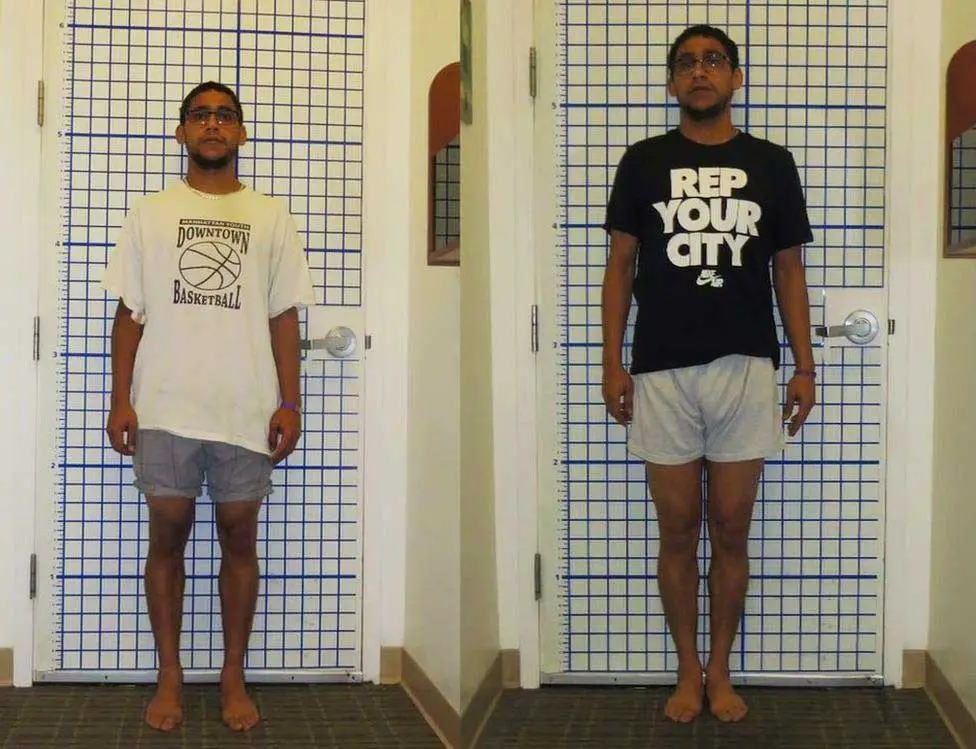
This procedure involves intentionally breaking the leg bones and gradually separating the sections with an external or internal device, allowing new bone to grow in the gap.
While leg lengthening surgery is primarily used to correct leg length discrepancies, it can create the appearance of a longer torso by making your legs longer.
But it is worth noting that this surgery is an invasive and costly procedure, with a lot of pain, significant risks and an extensive recovery period. And long term, you may not be able to play sports or take part in intense physical activity.
Leg lengthening surgery should not be seen as a first option, especially when effective non-surgical alternatives exist.
Additionally, some go through body contouring procedures, such as liposuction or abdominoplasty, which reshape and define your midsection.
These surgeries can create the illusion of an elongated torso, particularly if the incisions are strategically placed low in the abdominal area.
A more conservative, cheaper and effective approach to attaining a longer torso would be to focus on exercise and stretching.
There are specific leg lengthening exercises, such as stretches and yoga poses, designed to elongate and tone the muscles in your legs and torso.
These moves not only help improve your body proportions but also contribute to overall health and wellness.
Remember that achieving a longer torso is not solely reliant on surgical intervention.
You can significantly improve your appearance and body proportions through a combination of targeted exercises, weight loss, and proper posture.
Long Torso Problems
Long torso problems can pose various challenges for individuals, affecting their clothing choices, posture, and overall comfort.
People with long torsos often find it difficult to find clothes that fit properly, as standard sizing options are generally designed for individuals with average torso lengths.
This can lead to issues such as shirts and dresses being too short or pants not sitting at the waistline correctly.
Additionally, long torso problems can contribute to poor posture as individuals may struggle to maintain an upright position due to the imbalance caused by their elongated upper body.
This can result in discomfort, back pain, and a higher risk of developing musculoskeletal issues over time.
As much as being taller seems to be an advantage, having long torso problems can significantly affect a person’s daily life, requiring them to be mindful of their clothing choices and actively work on improving their posture to mitigate any potential discomfort or health implications.
Advantages👍 and Disadvantages👎 of Long and Short Torsos
When it comes to torso length, there are advantages and disadvantages to both long and short torsos.
Let’s explore how these differences may impact your life, including everyday factors such as backpack fitting and leg length.
Long Torsos
Long Torso Benefits:
- Greater spinal flexibility: A more extended spine provides more room for movement, which can be beneficial in activities such as yoga or gymnastics.
- More upper body leverage: If you have a long torso, it may provide you with an advantage in activities requiring upper body strength and leverage, such as swimming or rowing.
- Better backpack fit: Backpacks may be easier to wear and more comfortable if you have a long torso since the weight is distributed over a larger area, leading to less strain on your shoulders and back.
Long Torso Disadvantages:
- Less leverage in squatting: With a long torso, you may find it challenging to maintain proper form and balance in squatting exercises, as your centre of gravity is higher.
- Shorter leg length: A long torso can sometimes lead to shorter legs, which may not be as advantageous in activities such as running or high jumping, where longer legs provide more leverage.
Short Torsos
Short Torso Benefits:
- More leverage in squatting: A shorter torso allows for better balance and leverage in squatting exercises, as your centre of gravity is lower.
- Greater leg length: A short torso often leads to longer legs, which can provide more leverage in activities such as running and high jumping.
- Compact body composition: A short torso, combined with long limbs, can be a desirable body shape in sports that require speed, agility, or endurance.
- Greater leg length: A short torso often leads to longer legs, which can provide more leverage in activities such as running and high jumping.
Short Torso Disadvantages
- Reduced spinal flexibility: A shorter spine may limit your range of motion in activities that require flexibility, such as yoga or gymnastics.
- Less upper body leverage: A short torso can make activities like swimming and rowing more challenging, as you may have less leverage and reach.
- Backpack fit struggles: If you have a short torso, you may find it more challenging to find a backpack that fits comfortably and distributes weight evenly.
Your torso length can impact your experiences in various activities positively or negatively. Understanding these advantages and disadvantages can help you tailor your training and lifestyle choices accordingly
Quick Tip: How To Create a Longer Torso With Clothing

If you want your torso to appear longer, take advantage of illusions created by clothing. A quick solution is to keep your shirts out and untucked.
This hack effectively shows that your waist is lower than its original place.
Pick longer tops that cross your midline and avoid high-waisted pants to keep the mirage of a longer upper body.
Does Stretching Make Your Torso Longer?
You can’t lengthen your torso once it stops growing. But you can do daily exercises and stretches to achieve long, lean torso muscles.
Static stretching, where you stay in a particular position for a specific time, is one of the most common and accessible training you can do to expand your spine and improve your posture.
Below are various stretches and steps to help you out it:
Cobra Stretch
Cobra stretch or Bhujangasana is a yoga pose that targets the neck, shoulder, and back muscles.
- Place the yoga mat on the floor and lie on your stomach.
- Position your hand directly under your shoulders with your fingers facing forward.
- Keep your legs straight, and your toes pointed.
- Slowly begin the upward phase and gently exhale.
- Ensure that your abdominal muscles are supporting the spine.
- Push your chest away from the mat to lengthen your upper body, and keep your hips on the mat.
- Continue rolling your shoulders down and back.
- Stay in this position for 10 to 20 seconds.
- Gently lower your upper body to the mat.
- Repeat at least three times.
Note: It’s normal to feel an ache in your lower back during the downward phase. Stop if the pain becomes unbearable and consult your doctor.
Hanging
Hanging helps with gravitational force, decompresses the intervertebral discs, encourages proper posture, and stretches your back muscles. A stand-alone pull-up bar is required to perform this exercise. You can also easily install a pull-up bar on a door frame at home.
- Hang in the bar for about 15 to 20 seconds.
- Repeat this exercise three times.
Note: As the days go by, gradually extend your hanging time until you reach 30 seconds.
Dry Swimming
Like what its name suggests, dry swimming is “swimming” outside the water. Aside from teaching water safety concepts, it’s also effective in directly stretching the upper body, lower back, and hip muscles.
- Lie down facing the floor. Your legs and arms must be straight and pointing forward.
- Lift your right hand and left leg off the floor, diagonally away from the body. Hold it for 5 to 10 seconds.
- Relax for 10 seconds and switch to the left hand and right leg.
- Repeat three times.
- Stand up and cool down with cat stretches.
Cat Stretch
Marjariasana or cat stretch is usually done after performing cobra and dry swimming exercises. It’s excellent for flexing and relaxing the spine and releasing tension in the upper back and neck.
- Get on your hands and knees on the floor.
- The position of your hands should be wider than your shoulder width. Your knees should not be touching.
- Take a deep breath as you arch your spine and lift your head.
- Slowly exhale as you lift your spine into an arched position while lowering your head.
- Do at least one to three repetitions.
Toe Touching
Toe touching is the most common stretch of the batch. It’s an easy but potent exercise that targets the lower back, torso, and popliteal fossa.
- Stand up straight and slowly bend over to touch your toes.
- Hold this position for 10 to 20 seconds and repeat it three times
Note: It’s okay if you’re unable to touch your toes. Only stretch to a comfortable bend and slowly ease your body. Soon, you’ll be flexible enough to reach the edge of your toes.
Here are some tips to make the above stretches more effective:
- Be patient. Consistency is key when doing these exercises and stretches.
- Focus on your goal. Don’t think about negative things.
- Always be in a proper sitting posture.
- Keep your body hydrated and active.
Conclusion
Although there is no way you can elongate your torso after it stops growing, there are means you can use to make it appear longer. Change up your wardrobe, do daily stretches for leaner torso muscles, and continuously care for your body to live a healthy and fulfilling life.
Frequently Asked Questions
What are the advantages of having a long torso?
Having a long torso can provide several advantages. It generally gives you more torso space, which can make certain activities easier like swimming.
Also, many believe that clothes tend to drape better on people with longer torsos, creating a more flattering silhouette.
How does having a short torso affect body proportions?
A short torso can create an illusion of longer legs, which is often considered attractive by some.
But it may also make you appear top-heavy, especially in high-waisted bottoms.
Knowing your torso length (video above) can help you choose clothing that complements your body type and makes you feel confident.
Are there clothing challenges for those with a long torso?
While a long torso can be advantageous in certain aspects, it can also present some clothing challenges.
You may have difficulties finding tops that are long enough to cover your midsection comfortably, and one-piece clothing like swimsuits for example may feel too tight.
It’s essential to look for styles that cater to your body proportions for an optimal fit.
What health issues are associated with a short torso?
A short torso doesn’t necessarily cause health issues, but it may put you at risk for some discomfort.
For example, you may experience frequent back pain due to the increased pressure on your spine.
Being mindful of your posture, exercising, and stretching regularly can really make a difference, whether you have a long or a short torso.
How does torso length affect athletic performance?
Torso length can influence athletic performance depending on the specific activity.
For example, athletes with long torsos might have an advantage in sports like swimming or rowing, where a bigger reach is beneficial.
Conversely, those with a short torso may excel in activities like gymnastics or sprinting, where compact proportions can aid in agility and speed.
How can I style my clothing to complement my torso length?
To style your clothing according to your torso length, focus on creating visual balance. If you have a long torso, you could look for higher-waisted pants or skirts to elongate your legs, and opt for slightly cropped or tucked-in tops.
For a short torso, you could choose lower-rise bottoms and longer tops that create the illusion of a longer midsection.
Experiment with different cuts, patterns, and styles to discover what makes you feel comfortable and confident.
Author
- Danny Loeb is a qualified Personal Trainer, Fitness Model and Writer. He enjoys blogging about health and fitness, messing around with Photoshop, and sharing his experiences with everyone.
Latest entries
 NutritionFebruary 6, 2024What Are Fillers in Supplements? – Unveiling Inactive Ingredients
NutritionFebruary 6, 2024What Are Fillers in Supplements? – Unveiling Inactive Ingredients FitnessAugust 23, 2023Best Post-Workout Foods: Great Ideas for Recovery and Results
FitnessAugust 23, 2023Best Post-Workout Foods: Great Ideas for Recovery and Results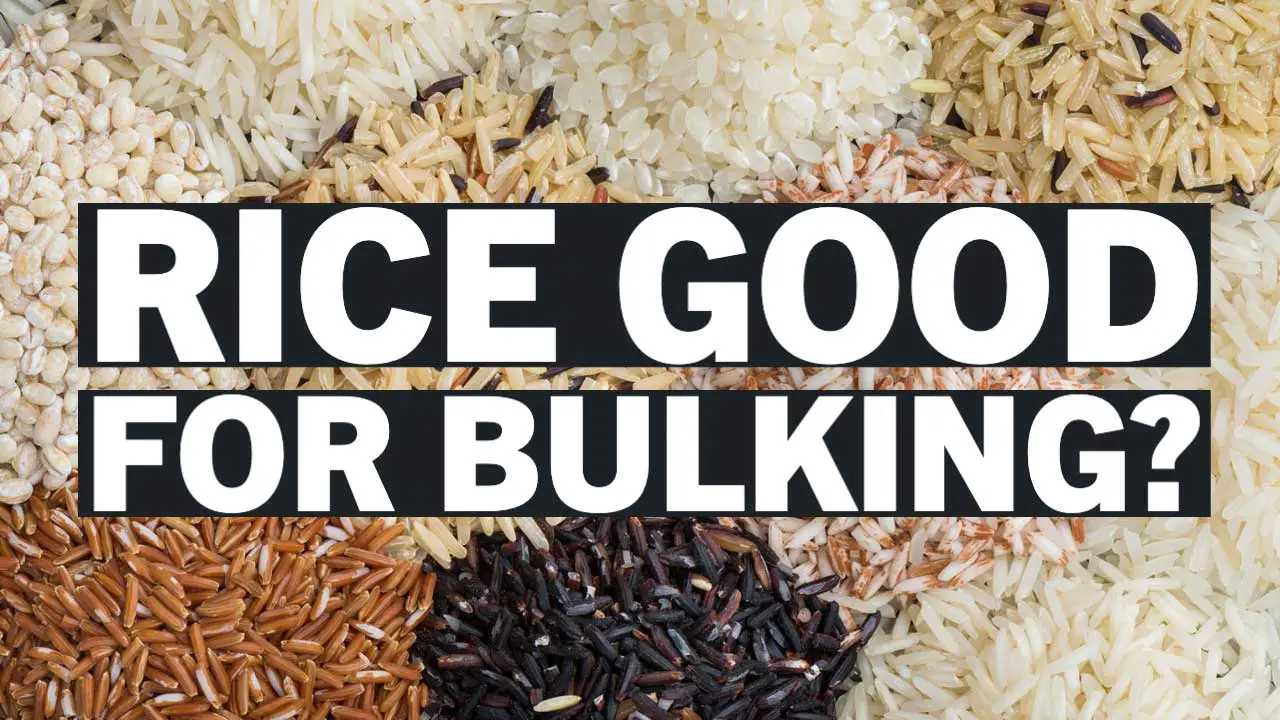 BulkingJuly 26, 2023Is Rice Good for Bulking? Unveiling the Truth
BulkingJuly 26, 2023Is Rice Good for Bulking? Unveiling the Truth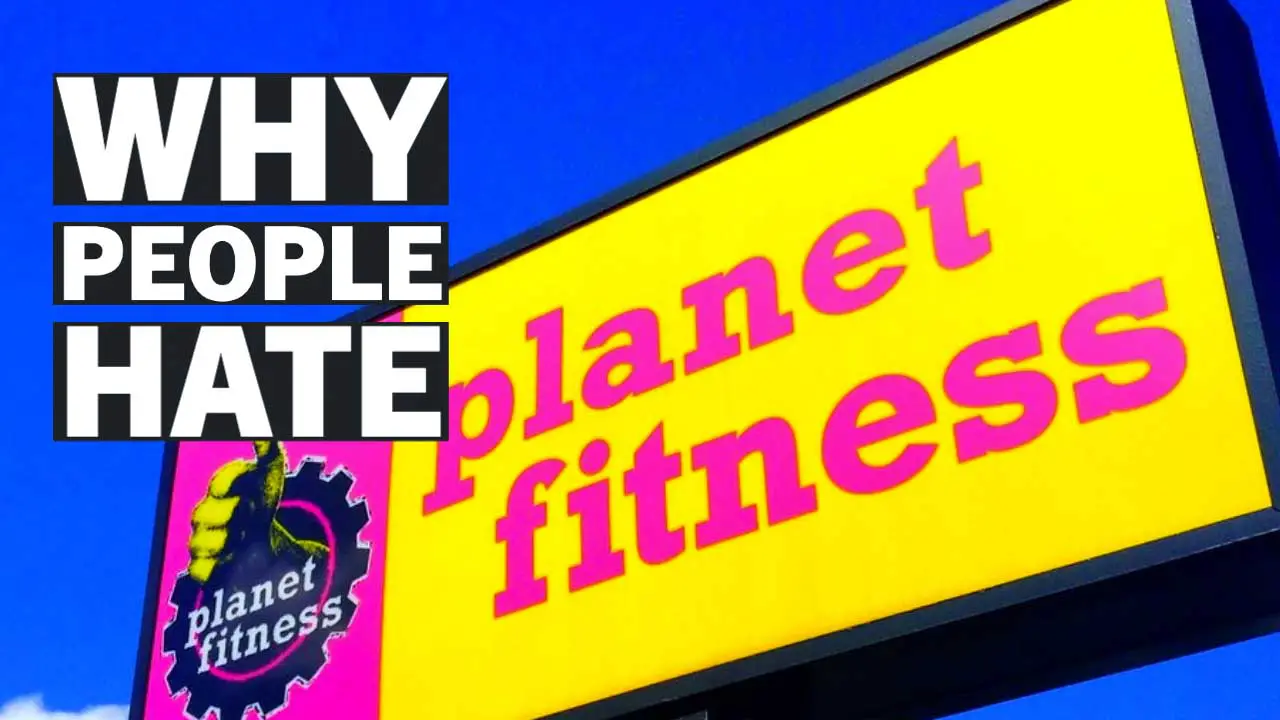 CultureJuly 15, 2023Why Do People Hate Planet Fitness? Read This Before You Join!
CultureJuly 15, 2023Why Do People Hate Planet Fitness? Read This Before You Join!
Affiliates:
This post may contain affiliate links that at no additional cost to you, the site may earn a small commission. We only recommend products we would use ourselves and all opinions expressed on this site are our own.
General Advice:
The information provided in this article is for general informational purposes only. It is not intended as a substitute for professional advice. Always consult with a qualified healthcare professional before starting any new diet, exercise program, or making changes to your health routine.
Accuracy Advice:
While we strive to provide up-to-date and accurate information, the content in this article may not reflect the most current research or medical guidelines. We encourage readers to do further research and consult with professionals for more personalized advice.
Our Recommendations:
The products and services mentioned in any of our articles are recommended based on our independent research and personal experience. We are not sponsored by any company. We aim to suggest products and services we believe are of high quality and could be beneficial to our readers.

